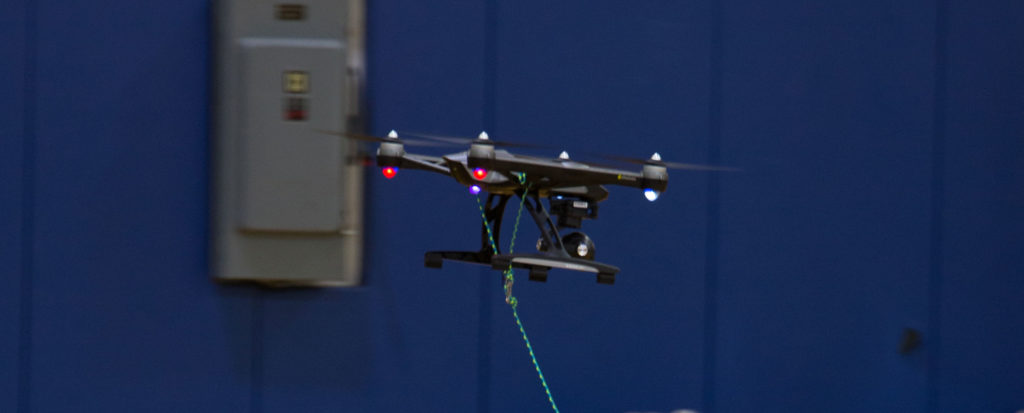Within the next year, significant changes to how unmanned aircraft systems (UAS) are used and integrated into the National Airspace System are anticipated, including wider application and operation under the Federal Aviation Administration’s small UAS (sUAS) certification and operation rules (i.e., Part 107). With the increased accommodation for sUAS operation, subsequent oversight and tracking, and innovative development, the benefits and utility of these systems will continue to increase, including in the educational domain. Despite recent technological and regulatory advancement, concern for irresponsible operation of sUAS (55 pounds and under) continues to grow. The projection that more than 2.5 million such platforms are currently operating in the NAS, with potential growth of up to seven million by 2020, has far reaching implications for this evolving, $100+ million industry. However, by increasing awareness of rules, regulations, and best-practices through expanded public education, such as Embry-Riddle Aeronautical University’s UAS workshops and sponsored-research, as well as public service campaigns including Know Before You Fly, critical insight and guidance can reach this new segment of the aviation population.
While the Federal Aviation Administration has actively promoted safety and responsible operation, they cannot reach these new pilots alone; they need the full support of the aviation community. By providing educational information to inexperienced (novice) operators, we can help to increase awareness, while also connecting these fledgling pilots to critical resources and assistance to become responsible stakeholders in our shared community. Embry-Riddle Aeronautical University — Worldwide hopes to reach a large and diverse audience with this Consumer Guide to help promote thorough platform consideration and comparison prior to purchase and use. In support of this goal, we examined 12 popular consumer multirotor sUAS platforms, reviewing key areas of critical importance to users. These investigation areas, essential to understanding suitability of platforms, included system performance, quality of construction, ease of operation, cost, accuracy of advertised capability, and user support. This sUAS Consumer Guide has been prepared to assist a wide variety of users, especially novices, to evaluate options for purchase, appropriate to their skill and experience levels, while introducing key metrics for future consumer sUAS comparison.

